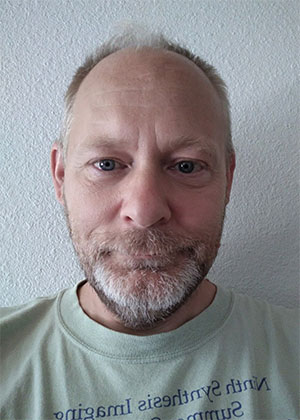USTC Astronomy Seminar Series: 2019 Spring
A Masing BAaDE's window
Loránt Sjouwerman 博士
National Radio Astronomy Observatory,USA
2019/7/10, 4:00pm , the 19th-floor Observatory Hall

We report on the Bulge Asymmetries and Dynamic Evolution (BAaDE) survey which has observed 19,000 MSX color selected red giant stars for SiO maser emission at 43 GHz with the VLA and is in the process of observing 9,000 of these stars with ALMA at 86 GHz in the southern sky. Our setup covers the main maser transitions as well as those of isotopologues and selected carbon lines. Observations of this set of lines allows a far-reaching catalog of line-of-sight velocities in the dust-obscured regions where optical surveys cannot reach. Our preliminary detection rate is close to 70%, predicting a wealth of new information on the distribution of metal rich and carbon rich stars, their kinematics as a function of location in the Galaxy, as well as the occurrence of lines and line ratios between the different transitions in combination with the spectral energy distribution from about 1 to 100 micron. Similar to the OH/IR stars, a clear kinematic signature between disk and bulge stars can be seen. Furthermore, the J=1-0 (v=3) line plays a prominent role in the derived maser properties, indicating diverse and/or variable pumping conditions. We further present a possibility to separate carbon-rich from oxygen-rich AGB stars using MSX colors.
Dr. Loránt Sjouwerman has been a staff scientist at the National Radio Astronomy Observatory (NRAO), US, since 2001. He obtained his PhD in Astrophysics from Leiden University in 1997. Before joining NRAO, he held a postdoc position at Joint Institute for VLBI in EUROPE (JIVE), Dwingeloo (NL). At NRAO, Dr. Sjouwerman is closely involved in user support of the VLA and VLBA.
 邮编:230026 ,
邮编:230026 ,  联系电话: 0551-63601861
联系电话: 0551-63601861 Email:
Email: